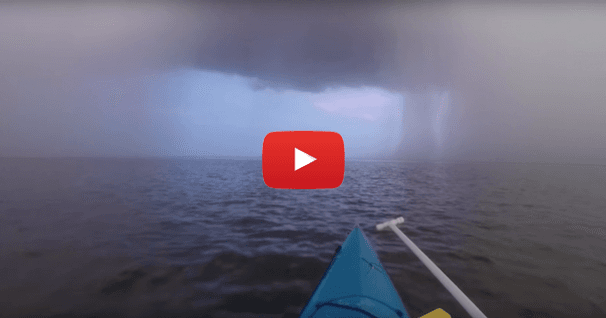Lessons for Life - Tragedy at Dungeness Bay
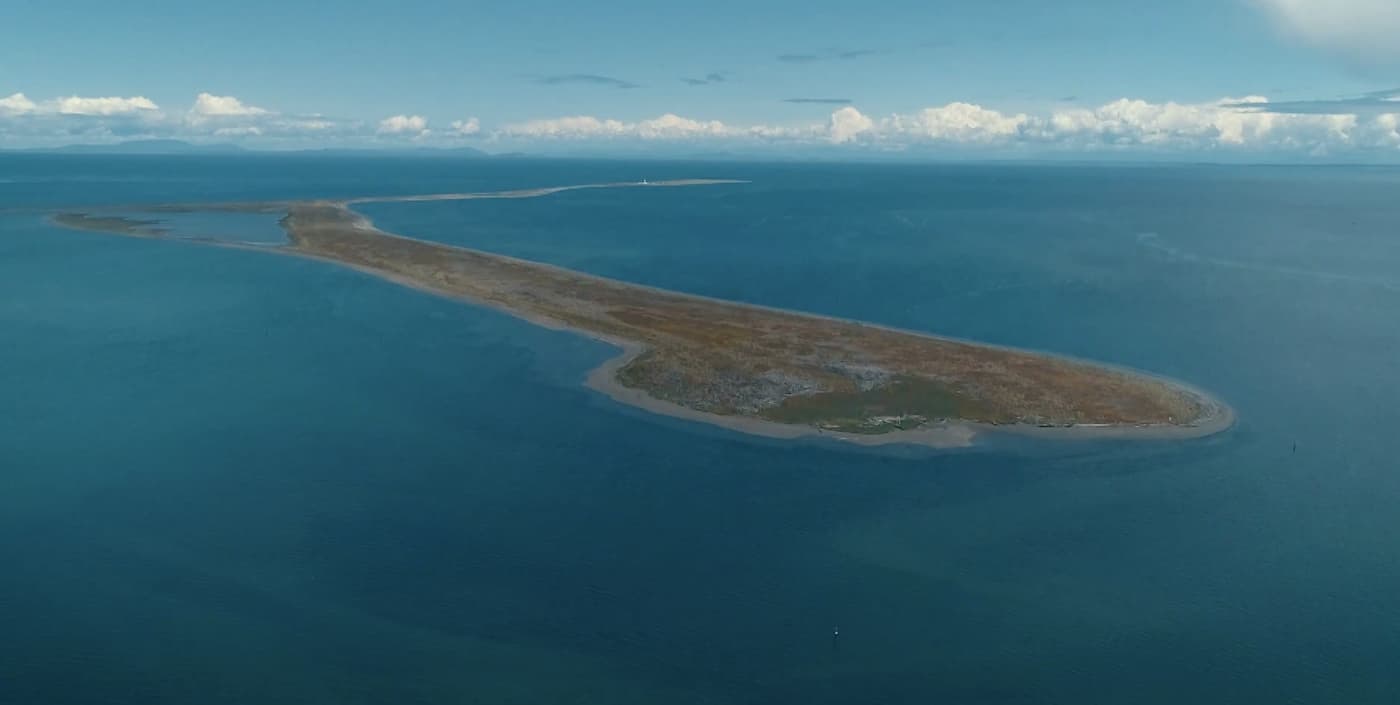
Dungeness Spit is a sliver of hard sand barely 100 yards wide and more than five miles long, sheltering a shallow bay on the northern edge of Washington’s Olympic Peninsula.
The wildlife sanctuary teems with birds and sea life, and the spit is home to the historic New Dungeness Lighthouse, built in 1857 and still operating today. The annual hike to the lighthouse had become a cherished tradition for the Mountain View Church of the Nazarene outing club, and in recent years some members of the group began kayaking to the lighthouse.
“We loved kayaking so much that we begged to add kayaking to the hikes”
says group member Bill Kelley. So on April 11, 2015, the club split into two groups. Some members would hike out along the spit while others would kayak to the lighthouse, a straightforward paddle of less than three miles.
The low-lying spit provides shelter from ocean swells, but little protection from the afternoon winds that often come whipping off the North Pacific. Forecasters had warned of bad weather for more than a week, but when the group arrived the sky was clear and the wind was light.
The group gathered for a prayer and devotional, after which Dennis Caines asked if any of the hikers would like to kayak. Jacob Austin, 52, and Mandi Walkley, 39, raised their hands. Both were frequent participants in club kayak outings. Austin was keen to paddle, and Walkley wanted to hike to the lighthouse and paddle back. She arranged to share one of Caines’s kayaks with her boyfriend Rob Johnson, who would paddle to the lighthouse and walk back.

The kayakers piled into Caines’ van for the short drive to Clines Spit, where they launched by twos and threes. The conditions could hardly have been better, with Fairchild International Airport in nearby Port Angeles reporting winds of 6-8 mph from the west-southwest—a quartering tailwind.
“It was warm and sunny and nice and we were just flying across the water,” recalls Kelley, then 50, who raced ahead with Austin and Johnson. “We were loving it. We were having the best time.”
The lead trio was in 17-plus foot sea kayaks equipped with rudders and sprayskirts. Ken and Esther Corcoran followed in their Wilderness Tsunami rec-touring boats, while Caines and his wife Linda brought up the rear in a 22-foot tandem. All of the kayakers wore lifejackets, but most weren’t dressed for immersion in cold water. Only the Caines had wetsuits; the others wore cotton layers under light jackets.
The kayakers soon arrived at the lighthouse, where they lingered for about two hours, eating their lunches and mingling with the hikers. Austin napped in the grass, and some of the others chatted with the volunteer lighthouse keepers.
Dennis Caines was focused on catching up to the others, because he had the keys to the van and didn’t want to leave his friends waiting. At the time, he thought all the other paddlers were ahead of him. In fact, both Walkley and Kelley were behind.
Almost immediately, the conditions began to worsen. At 12:53 p.m., a few minutes before they launched, the weather station at Fairchild International recorded winds of 12 mph from the west-northwest, with no gusts. Half an hour after they left the beach the wind was 16 mph with gusts to 24 mph. By 2:41 the wind at Fairchild was 22 mph, gusting to 36 mph. The airport is four miles inland; actual conditions on the bay were likely even more severe.
As the wind and waves continued to build, Caines caught a glimpse of Austin ahead and to the right, paddling in the sheltered water closer to the spit. Caines decided to follow, but discovered he couldn’t turn the 22-foot double kayak into the wind.
“I gave all the right rudder I could and we started paddling and just on the left side of the boat, but I could not bring the bow around more than probably a 45-degree angle to the waves and the wind,” Caines recalls. He couldn’t turn toward the sheltered water or even hold a course to Cline Spit, where the van was waiting. The Caines crabbed sideways across the bay, their kayak pointing southwest but moving almost due south. Kelley and Walkley followed.
“I was right behind Dennis and Linda, trying to keep up with them. I could hear Linda telling Dennis she was afraid,” Kelley recalls. He struggled to catch up, his arms burning, and when he stopped for an instant to rest, the wind spun him sideways. That’s when he saw that Walkley had capsized. She was shouting and waving her paddle.
“She wanted to get rescued. She was screaming for me to come help her,” Kelly says. He pauses. “I did everything I could to try to get to Mandi.”
Kelley couldn’t turn his kayak into the wind to reach her. He took deep, hard left strokes, trying to push the bow through the wind, but dug too deep and capsized.
Austin also capsized, though no one knows precisely when or where. None of the other kayakers saw him go over.
In fact, none of the remaining four kayakers realized that three of their friends had capsized. The 911 call came at 2:18 p.m. from a lighthouse volunteer, who watched through binoculars as the disaster unfolded. The initial reports were sketchy, and it’s not clear whether dispatchers immediately recognized the severity of the situation.
The 911 operator transferred the call to the U.S. Coast Guard at 2:26 p.m. The agency dispatched a patrol boat and an MH-65 Dolphin helicopter from Port Angeles, about 14 miles west. The race was on.
The typical survival time for a person immersed in 49-degree water without protective clothing is from one to three hours.
It’s not clear precisely when Walkley, Kelley and Austin entered the water, but it’s likely that the group lost time—perhaps a few minutes, perhaps more—because the other kayakers were not aware their friends were in trouble.
The Corcorans reached shore more than a mile east of Clines Point, followed a few minutes later by the Caines. Dennis Caines was still expecting the others would paddle straight to the van at Cline Point, and he was in a rush to get there with the keys. He hitched a ride to the van, where a Clallam County Sheriff’s deputy found him a few minutes later.
“I started walking toward him to get some information,” Caines says. “And he just said, ‘It’s not good.’ And that just sort of ripped the heart out of my chest.”
Moments later the Coast Guard chopper roared overhead.
In the moments after he capsized, Kelley resolved to hold on to his kayak, knowing that it gave him the best chance of being spotted and rescued. As a trained scuba diver, he knew that swimming to shore was impossible in such cold water, with the wind and waves pushing him away from shore. He thought it would take about an hour for rescuers to arrive, so he held fast to his kayak and began to count, breaking the wait into 15-minute segments. Eventually a wave tore the kayak from his grasp, and it drifted quickly away. It would later be found on Protection Island, 9 miles southeast, along with Walkley’s paddle.
We don’t know whether Walkley or Austin attempted to hold on to their kayaks, or if they abandoned them to swim for shore. However at some point both became separated from their boats.
The Coast Guard helicopter spotted Kelley first, and lowered a rescue swimmer to hoist him aboard. The chopper flew him to Olympic Medical Center in Port Angeles, Wash., where he was admitted in critical condition. At 4:11 p.m., county dispatch received word that Kelley had been recovered.
Austin was next, picked up minutes later by the Coast Guard patrol boat. He was unresponsive. Rescuers began CPR as they raced to a local marina, then transferred him to a waiting ambulance. He too was brought to Olympic Medical Center.
Meanwhile, with the Dolphin helicopter running low on fuel, the Coast Guard requested assistance from Naval Air Station Whidbey Island, which scrambled an MH-60S Knighthawk helicopter. According to the Navy incident report, “the Coast Guard had located two of three individuals and were having difficulty locating the third.”
Mandi Walkley was still missing, somewhere in the bay.
The Navy helicopter arrived on station shortly after 5 p.m. The crew quickly spotted two empty kayaks, but no trace of Walkley. They conducted an expanding square search until the aircraft commander made the call to start over, essentially doubling down on the initial report of Walkley’s position. As the chopper flew to restart the search, a crewmember spotted a flash of orange. It was Walkley’s jacket.
The time was 5:20 p.m. Walkley had been in 49-degree water for more than three hours, perhaps almost four. The Navy rescuers hoisted her aboard the helicopter and flew to Olympic Medical Center, where a vigil was already underway.
As the church group waited for news of their friends— pastor Bill Bowers and some of the hikers had joined the kayakers at the hospital—hospital staff attended to Austin. They performed CPR for more than two hours, and for a brief time detected a heart rhythm. It didn’t last. Shortly before 7:00 p.m., doctors informed pastor Bill Bowers that Jacob Austin had died.
Mandi Walkley died early the next morning. Her death hit the church group particularly hard. She had been a lively presence in the club—warm, positive, and energetic. When the others speak of her their affection is almost palpable, as is their anguish at her loss.
More than three years later, Dennis Caines and Bill Kelley shared the painful memories of that day at Dungeness Spit in a short documentary film, in hopes that their experience will serve as a cautionary tale to others.
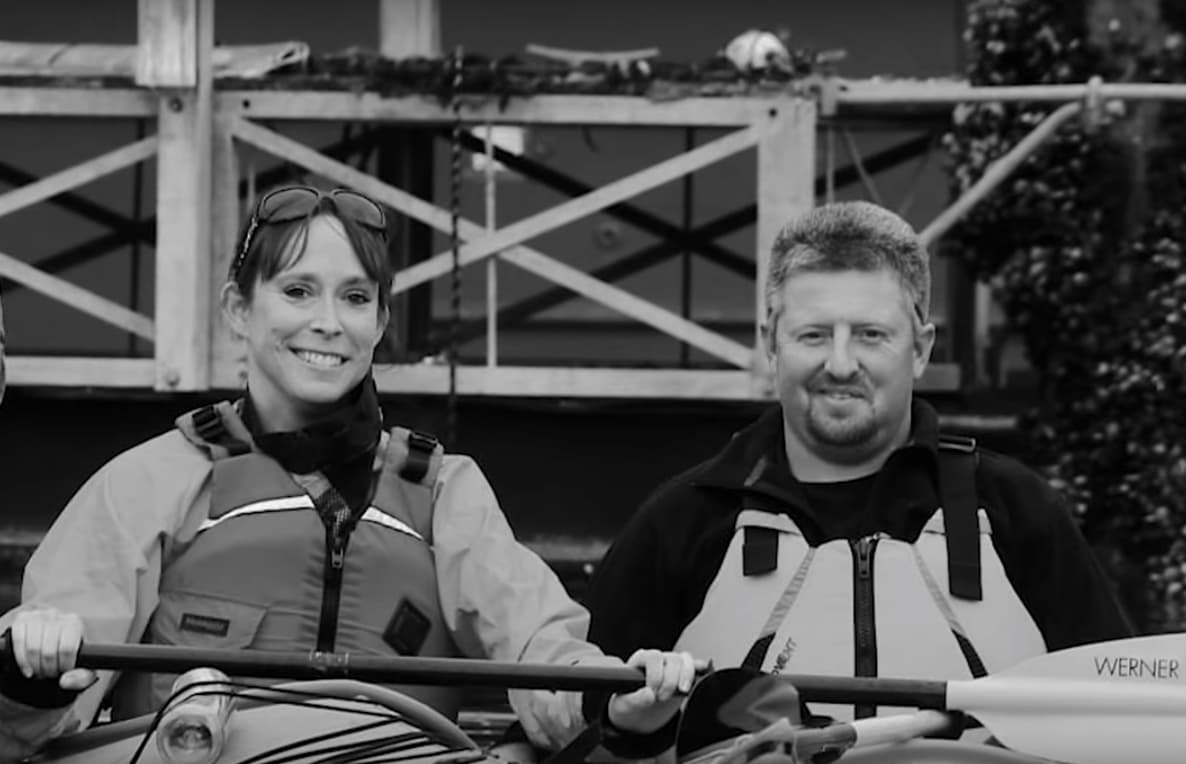
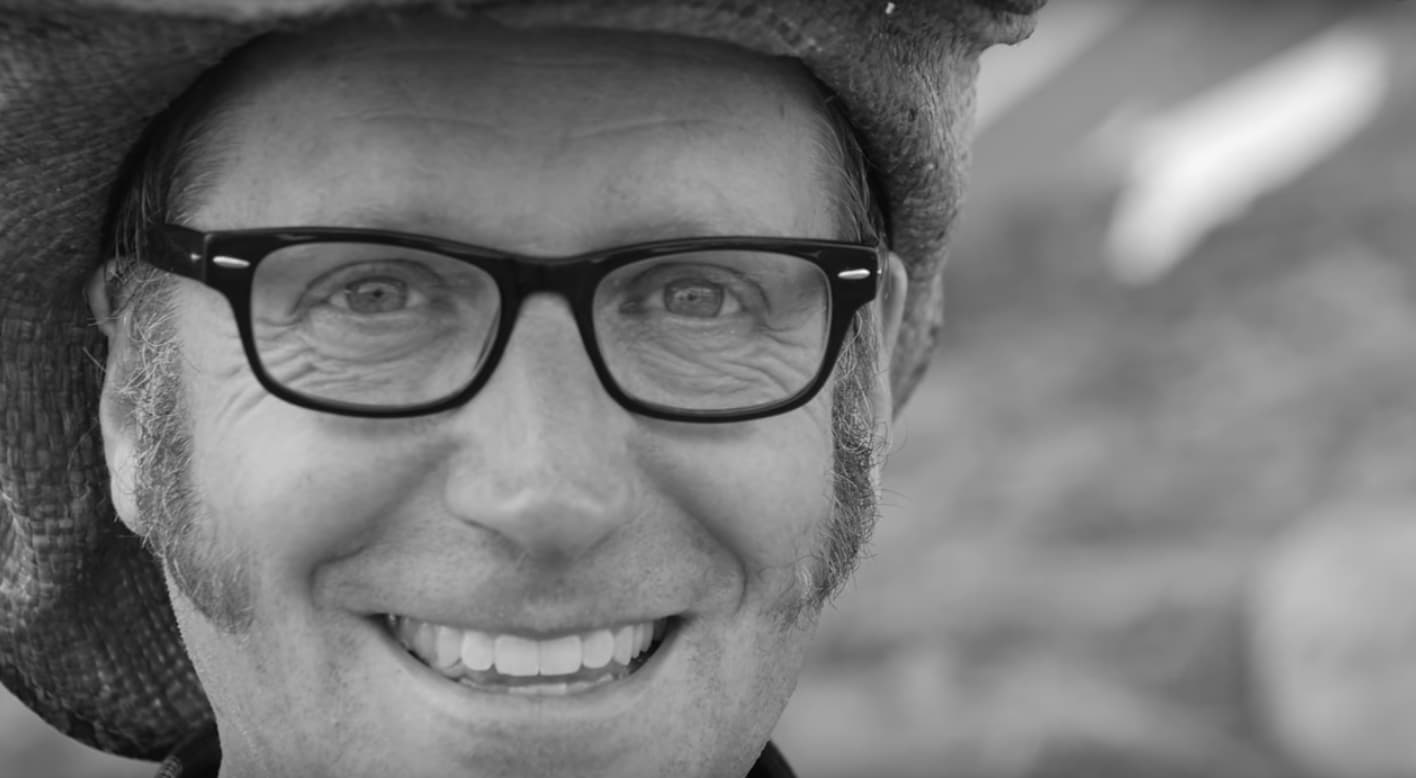
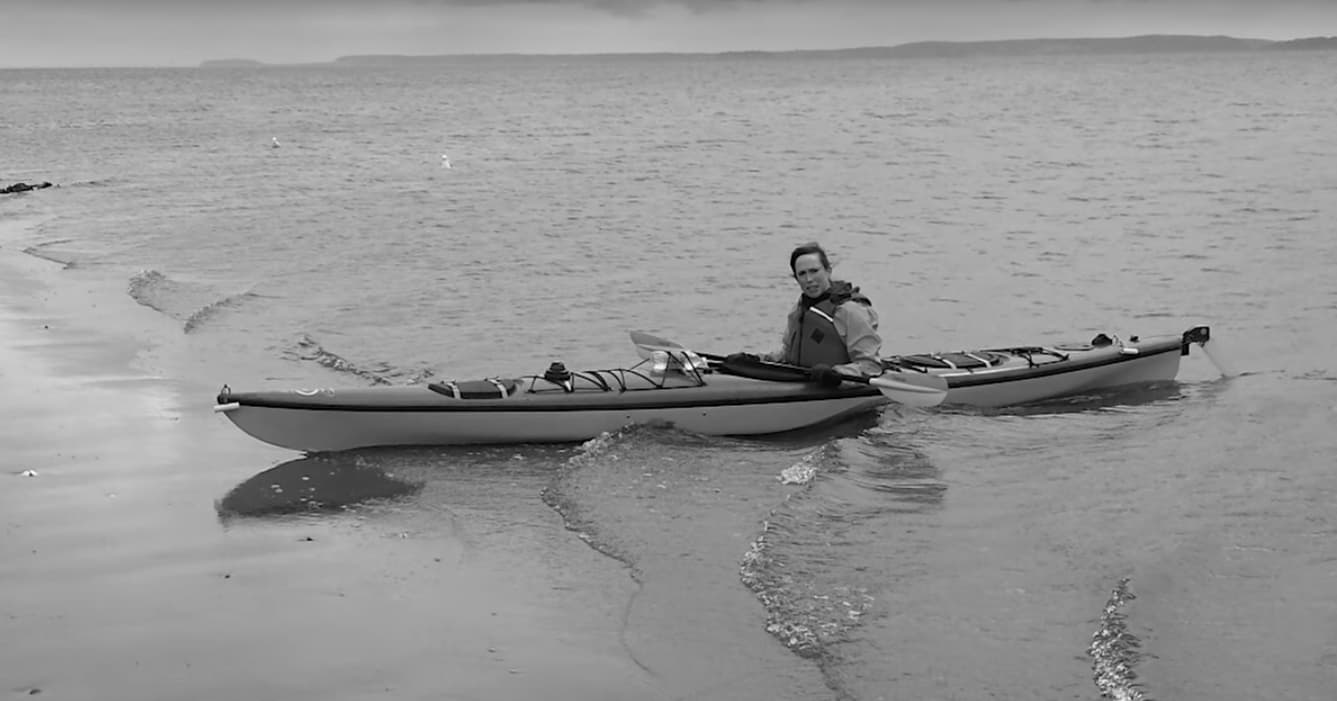
The accident could easily have been avoided.
In hindsight, the lessons are obvious. The two most salient are the importance of heeding whether warnings, and the need to dress for immersion when paddling in cold water.
Forecasts had predicted foul weather for a week, and according to Clallam County Sheriff’s Sgt. Lyman Moores, an advisory had been issued the previous day. “Nobody should have been on the water that day,” Moores told the Seattle Times.
All of the kayakers were wearing lifejackets, but none of those who capsized was wearing a dry suit or wetsuit designed to prevent hypothermia. In such cold water, Moores said, “the human body can shut down in a matter of minutes.”
If Austin and Walkley had been wearing drysuits, they almost certainly would have survived. One of the biggest barriers to drysuit use is cost. Good ones start at about $800, but they’re not the only option. A $150 neoprene Farmer John wetsuit would likely have allowed both paddlers to survive the ordeal.
Of course, the if the group had chosen not to paddle that day due to the forecasted bad weather, or if they had decided to leave the kayaks and hike back when the weather turned foul, there would have been no emergency at all.
Related Articles
Even if you do your research and check the weather before heading out, sooner or later every kayak…
Spring is here and the air is warm. But just because the day is beautiful doesn't mean the water…
A sea kayaking accident underlines the peril of cold water Watch the video here or read the whole…
As a professional educator and a kayaking instructor I must begin this article by saying: I believe…
